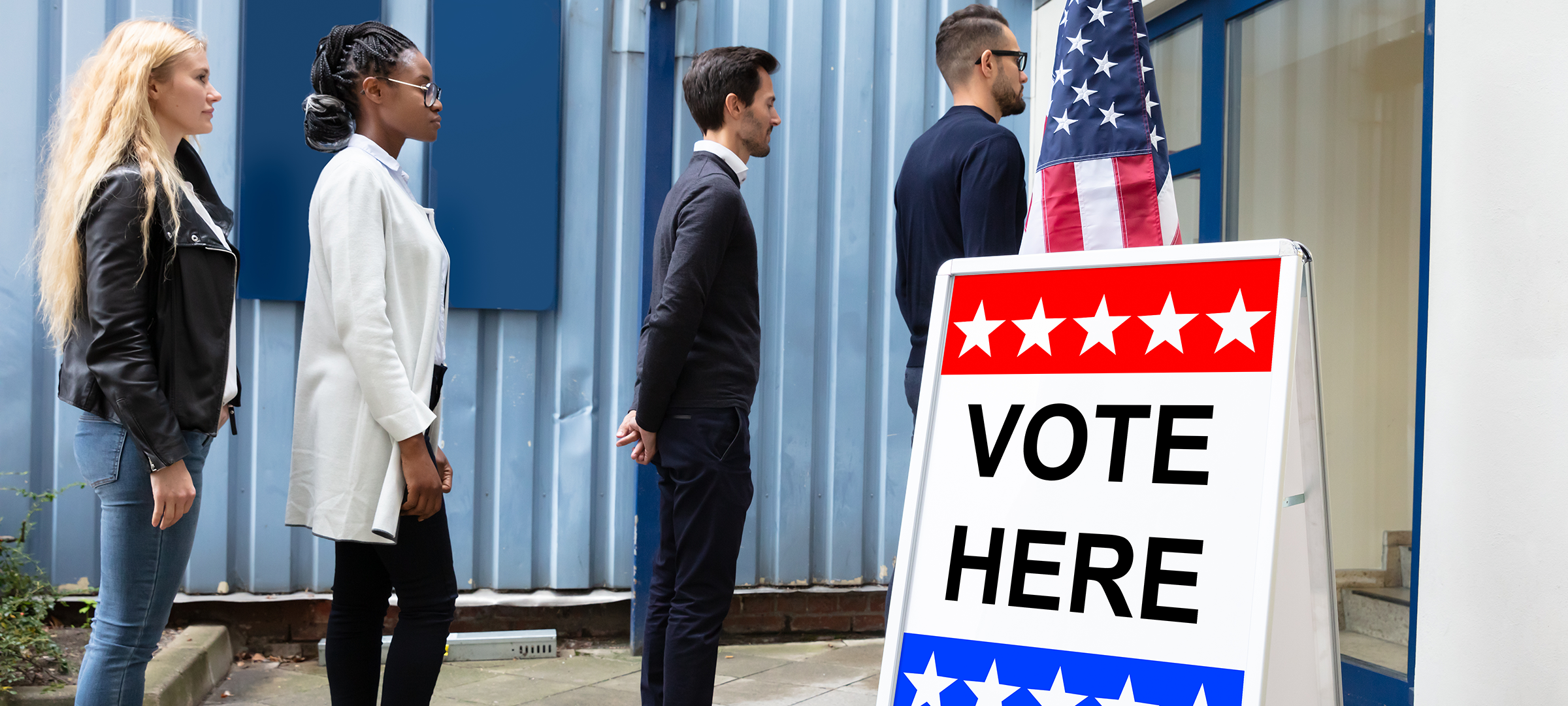Protect Students' Right to Learn Free from Censorship
As bold as the spirit of New York, we are the NYCLU.
Donate
© 2024 New York
Civil Liberties Union
Civil Liberties Union

On June 22, 2021 New York City will conclude its primary election for city-wide offices, including mayor, city council members, district attorneys, and the city comptroller. (See our guide to NYC’s new ranked choice voting.) Together, these offices control the city’s budget, policies, and priorities – and the pathway to a more just and fair NYC.
